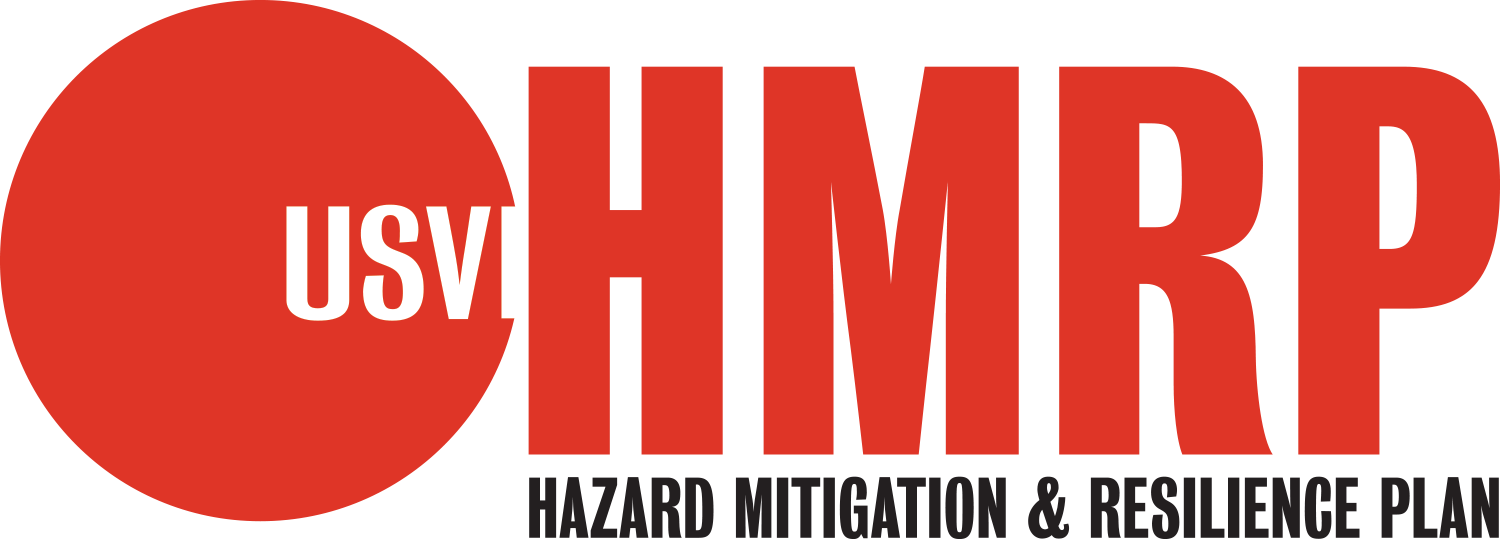Baseline Assessment
A Baseline Assessment
An analysis of baseline data will provide UVI with a basis to determine whether data should be collected from alternative sources, or whether new data collection efforts should be organized.
Baseline Data Collection, Analysis & Capability
Concurrent to a sector-based capability assessment, UVI has initiated a comprehensive data collection exercise for the Territory. This effort is focused on collecting baseline data for natural hazard and sustainability models. This effort is taking place at the Territorial level but includes collecting data from regional and international sources. As a result of this process, important data limitations or "gaps" will be identified and documented.
This analysis will provide UVI with a basis to determine whether data should be collected from alternative sources, or whether new data collection efforts should be organized, especially if key "gaps" in one or many of the proposed hazard or sustainability models exist. UVI anticipates that some data will need to be developed, especially sensitive Territory-specific data. As such, UVI is using different data development methods like field surveys, on land or by boat, using standard geospatial positioning system tools and/or innovative remote sensing tools (e.g. drones). It also implements desktop analyses using mathematical, geophysical and geospatial information system (GIS) software and tools to verify data and ensure accuracy. This effort will also provide a basis for prioritizing the types of hazard modeling efforts that should take place, in view of local, regional and national hazard modeling and mapping efforts. Data collection efforts are important for avoiding duplication of efforts. We anticipate our efforts to be limited to the different elements outlined below.
UVI has initiated a comprehensive data collection exercise for the Territory. This effort is focused on collecting baseline data for the natural hazard and sustainability models.
Hazard and Risk Assessment
• Past disaster chronology, including the effects on the Territory from past events.
• Existing hazard and vulnerability studies, if applicable.
• Climate change projections for the region for 2020 and 2050.
• Spatial data / maps showing the extent of damage caused by past hazard events, and/or existing hazard susceptibility maps for the Territory, if and where available.
• Bathymetry and topography data.
• Information on soils and surficial geology
• Groundwater and surface water hydrology information, including watershed maps, studies and maps of floodplains and water resources, and any existing hydrological models
• Green infrastructure: background information on key aspects of the natural system, including bio-physical characteristics and other inputs requires to quantify their ability to reduce impacts of hazards;
• Critical infrastructure information including for infrastructure supporting communication, transportation, production and transmission of electricity, potable water supply, sanitation, drainage, delivery of healthcare services, solid waste collection etc., at the best resolution available ( cadastral level if possible)
• Socio-economic background data as well as stakeholder perspectives relevant to a full characterization of hazard vulnerability and the economic and human losses associated with a hazard event.
• Standard construction practices and replacement costs for various sectors
• Available hazard, inventory, vulnerability and damage models, as applicable to the identified priority hazards for which probabilistic risk analyses will be conducted.
Sustainability Planning
Current and past urban and territorial development plans, as well as natural areas’ management plans, covering urban, rural and protected areas;
• Gray infrastructure sectorial plans, including transportation, especially public transit studies, power generation and distribution, and other information on planned infrastructure and on-going projects;
• Census information and best available data on population projections, including migration, and other trends;
• Historical and current settlement patterns;
• Socio-economic characterization of current residents and quality of life assessments;
• Economic development structures and systems such as port facilities, tourism, agriculture, manufacturing or important industries and production chains that are vital to the Territory's economic vitality;
• Spatial data or reports summarizing real estate values;
• Potable water supply and distribution system, water quality concerns, and readily available information on proposed capital improvements;
• Waste water treatment plant locations, current capacity, area currently served, and areas proposed for public sewage, collection systems mixing drainage and waste water;
• Green infrastructure: background information on key aspects of the natural system, central to the Territory's future sustainability, including protected areas, strategic ecosystems, aquifer protection areas, surrounding watersheds, and natural landscape features. This includes natural recreation areas and public spaces of importance to the Territorial residents.
• Topographic, geological and hydrological information to determine steep areas, fragile terrains and permanent or seasonal fresh water resources.
• Other unique information, specific to Territory, including cultural and historical resources.
While the specific elements outlined above are core requirements for the development of the new plan, which will inform risk and sustainability assessments, this initial data collection exercise will keep in mind key challenges and gaps.
Capability Assessment
UVI is conducting an assessment within the Territory where special attention is given to understanding the Government pre- and post- disaster policies, programs and capabilities. While keeping in mind the mandate specified in the DMA 2000, and sector-based references in the National Disaster Recovery Framework, this assessment is expanded to include other important sectors such as economic and business sectors, health and social services, infrastructure and natural and cultural resources. This assessment, based on interviews, surveys, and a review of relevant data/documents, will help UVI establish credible benchmarks for improving capabilities for hazard mitigation over time. UVI seeks to assess the capacity of individuals, organizations and government agencies. In this distinct activity, a three-step process is utilized to 1) engage stakeholders, 2) assess capacity needs and 3) formulate responses. During this process, workshops, interviews and other participatory methods are used to engage decision makers and technical level stakeholders to build political will and support for mainstreaming hazard mitigation and sustainability. UVI through their staff, and expert consultants, engages stakeholders through interviews to identify weaknesses and strengths of Territorial government agencies and other important sectors. Consistent with enhancing resilience and by building off of the tasks completed in the planning process above, UVI is conducting community surveys regarding:
• Financial Management, regarding the ability to finance projects without funding from external sources,
• Built Environment, regarding the ability to incorporate sustainability and resiliency factors into building design and infrastructure systems,
• Political will, regarding the level of interest and understanding among our leaders to influence sustainable solutions to problems, and ability to access external entities/ resources in efforts to achieve goals
• Social dynamic, regarding the influence of social networks, associations within the communities, and the level of confidence in government, and the trust the public sector generates among groups and individuals to make the best decisions for the community
• Human Resources, regarding the level of knowledge, skills, health, and physical ability of community members to engage in promoting and incorporating hazard mitigation, sustainability and resiliency in their daily lives,
• Socio-cultural aspects, such as perceptions, language and social orientations that may influence norms and attitudes, in regards to the natural environment, hazards and sustainability.
UVI anticipates that this effort will lead to a long list of needs - a wish list - due to the scarcity of resources in the Territory. Nevertheless, UVI will identify and highlight priority areas, that if addressed, will help achieve the Territory's hazard mitigation, sustainability and resiliency goals and objectives.

